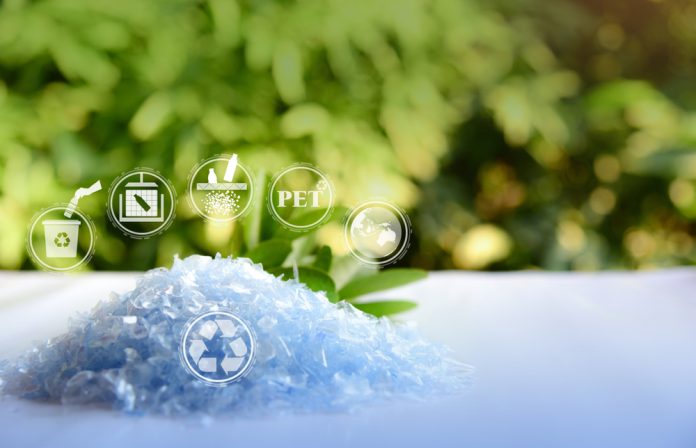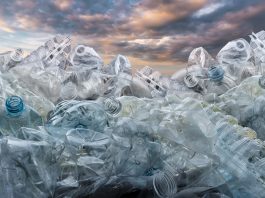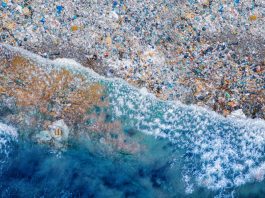Researchers at Rice University have developed a groundbreaking bioengineering method that could revolutionise environmental cleanup by tackling one of the world’s most persistent plastic pollutants—PET plastic.
Inspired by the adhesive properties of mussels, the scientists have engineered microorganisms capable of both sticking to plastic surfaces and breaking them down. This innovation offers new hope for dealing with the millions of tons of plastic waste generated globally, much of it PET (polyethylene terephthalate), a type of plastic commonly used in packaging that takes centuries to decompose.
The scope of the PET plastic problem
In the United States alone, around 40 million tonnes of plastic waste are produced annually, with PET making up 64% of this total, according to the Environmental Protection Agency (EPA).
PET plastic, which is widely used in bottles, packaging, and textiles, is particularly difficult to degrade and poses a significant environmental threat.
Current recycling methods are often slow and inefficient, leading to vast amounts of plastic waste accumulating in landfills and oceans.
This is where Rice University’s breakthrough could make a major impact. By genetically modifying bacteria to adhere to PET surfaces and equipping them with enzymes capable of breaking down the plastic, the research offers a promising tool for reducing the environmental burden of PET plastic waste.
Bioengineered bacteria: The key to PET plastic degradation
Led by Han Xiao, the director of Rice University’s Synthesis X Center, the team used genetic code expansion technology to create bacteria enhanced with a natural amino acid called 3,4-dihydroxyphenylalanine (DOPA).
This amino acid, found in mussels, gives the bacteria a powerful adhesive quality, enabling them to cling tightly to PET surfaces. In tests conducted at 37°C, the engineered bacteria demonstrated a 400-fold increase in adhesion to PET compared to unmodified bacteria.
Once adhered to the PET plastic, the bacteria’s second key innovation comes into play—a specially designed enzyme called polyethylene terephthalate hydrolase.
This enzyme is capable of breaking down the long molecular chains of PET plastic into smaller, more manageable fragments. In their experiments, the researchers achieved significant degradation of PET within just one night.
Potential for reducing plastic pollution
The combination of enhanced adhesion and the enzyme’s ability to degrade PET offers an exciting new avenue for combating plastic pollution.
With further development, these bioengineered bacteria could potentially be deployed in large-scale environmental cleanup efforts, offering a more efficient and effective solution to recycling PET plastic.
Biofouling prevention and medical use
Beyond its potential to mitigate plastic waste, the research has broader applications. The adhesive bacteria could be used to prevent biofouling—the unwanted build-up of microorganisms, algae, and other materials on submerged surfaces like ships and underwater structures.
By binding tightly to these surfaces, the bacteria could form a protective barrier, preventing the accumulation of harmful materials.
The technology also has implications in the medical field. The DOPA-enhanced proteins may be used to coat medical devices, preventing bacterial growth and making them safer for patients.
Rice University’s innovative use of mussel-inspired adhesive bacteria to degrade PET represents a significant step forward in the fight against plastic pollution.
By offering a faster and more efficient method for breaking down PET, this research could help transform environmental clean-up efforts worldwide.









